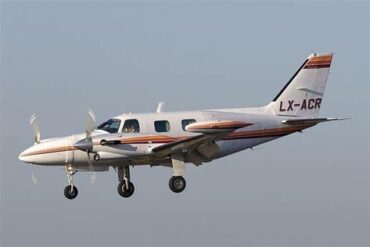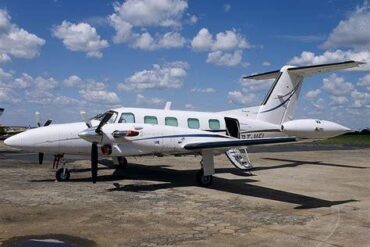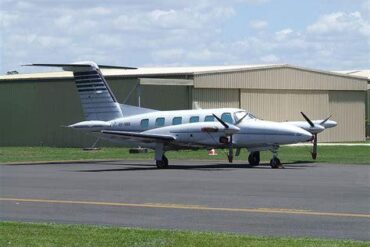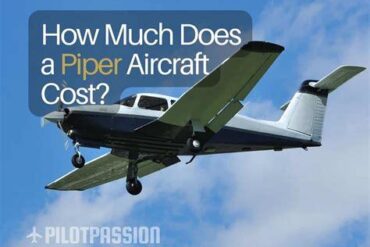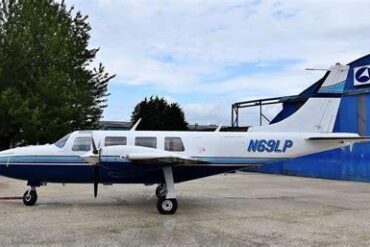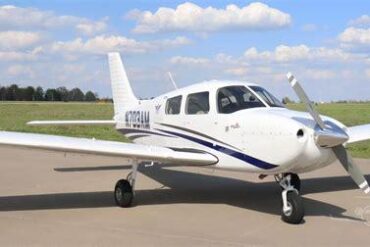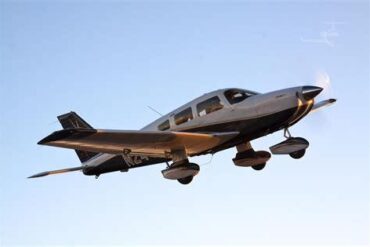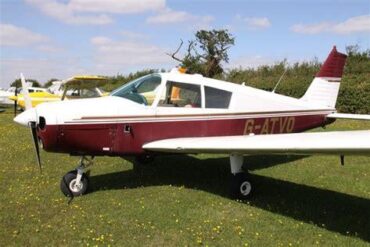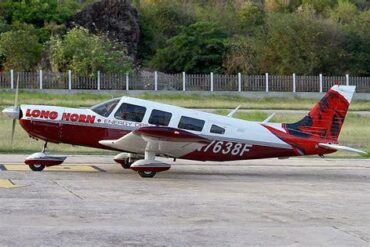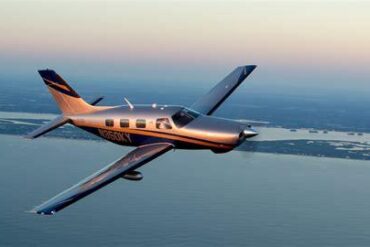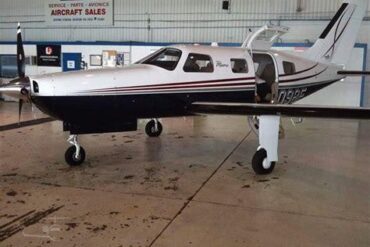The Piper Cheyenne II, a twin-engine turboprop aircraft, is known for its impressive performance and versatility in various aviation sectors. As potential buyers or operators consider this aircraft, understanding the price and operating costs is crucial for making informed decisions. In this article, we will delve into the various aspects of the Piper Cheyenne II, focusing on its pricing, maintenance expenses, fuel consumption, and overall operating costs.
Overview of the Piper Cheyenne II
Before discussing the price and operating costs, it’s essential to understand what the Piper Cheyenne II offers. This aircraft is designed for both business and personal use, providing comfortable seating for up to six passengers with ample space for luggage. The Cheyenne II features a powerful PT6A-135A engine, enabling it to reach cruise speeds of approximately 300 knots and a range of about 1,000 nautical miles. Its capabilities make it suitable for short-haul flights as well as longer journeys, ensuring flexibility for owners and operators.
Market Price of Piper Cheyenne II
The market price of a Piper Cheyenne II can vary significantly based on several factors such as age, total flight hours, condition, and any modifications or upgrades. On average, the price range for a used Piper Cheyenne II falls between $200,000 and $500,000. However, some pristine models with extensive upgrades may exceed this range.
Factors Influencing the Price
Several factors influence the price of the Piper Cheyenne II:
-
Age of the Aircraft: Newer models typically command higher prices due to modern technology and less wear and tear.
-
Total Flight Hours: Aircraft with lower flight hours are generally more valuable, as they have experienced less operational stress.
-
Condition: A well-maintained aircraft with a comprehensive maintenance history will be priced higher than one requiring significant repairs.
-
Upgrades and Modifications: Aircraft equipped with advanced avionics, new paint, and upgraded interiors often see increased market value.
Operating Costs of Piper Cheyenne II
Understanding the operating costs associated with the Piper Cheyenne II is vital for budget planning. These costs can be divided into several categories, including fuel, maintenance, insurance, and pilot salaries.
Fuel Costs
Fuel consumption is one of the most significant ongoing expenses for aircraft operators. The Piper Cheyenne II has a fuel burn rate of approximately 30 gallons per hour. With an average fuel cost of around $5.00 per gallon, operators can expect to spend roughly $150 per hour on fuel alone. Depending on flight duration and frequency, these costs can accumulate quickly.
Maintenance Expenses
Routine maintenance is crucial for ensuring the safety and longevity of the Piper Cheyenne II. Maintenance costs can vary but typically range from $50,000 to $100,000 annually, depending on usage and required services. Key maintenance considerations include:
-
Airframe Inspections: Annual inspections are mandatory and can cost between $10,000 and $20,000.
-
Engine Overhauls: Engine overhauls are significant expenses, with costs ranging from $30,000 to $60,000 depending on engine condition and required parts.
-
Routine Servicing: Regular servicing, including oil changes and system checks, contributes to the overall maintenance costs.
Insurance Costs
Insurance is another crucial component of operating costs. The insurance premium for a Piper Cheyenne II typically ranges from $10,000 to $20,000 annually. Factors influencing insurance premiums include:
-
Pilot Experience: More experienced pilots may qualify for lower premiums.
-
Aircraft Value: Higher-value aircraft typically incur higher insurance costs.
-
Coverage Type: Comprehensive coverage options will increase premiums compared to basic liability coverage.
Pilot Salaries
If operators choose to hire professional pilots, salaries must be factored into operating costs. The average salary for a qualified pilot flying a Piper Cheyenne II can range from $50,000 to $100,000 annually, depending on experience and location. For operators who fly frequently, hiring a dedicated pilot can be a worthwhile investment to ensure safety and compliance with regulations.
Depreciation of the Piper Cheyenne II
Like all aircraft, the Piper Cheyenne II experiences depreciation over time. On average, turboprop aircraft depreciate at a rate of approximately 5% to 10% per year. Factors that can affect depreciation include:
-
Market Demand: High demand for specific aircraft can slow depreciation rates.
-
Aircraft Condition: Well-maintained aircraft tend to depreciate slower than those requiring extensive repairs.
-
Technological Advancements: Newer models with advanced technology may outpace older models, impacting their market value.
Tax Considerations for Owners
Ownership of a Piper Cheyenne II comes with various tax implications that operators should consider. These may include:
-
Sales Tax: Depending on the jurisdiction, purchasing an aircraft may incur sales tax.
-
Property Tax: Some states impose property taxes on aircraft ownership, adding to annual operating costs.
-
Depreciation Deductions: Owners may be eligible for depreciation deductions on their taxes, which can offset income generated by the aircraft.
Conclusion
In conclusion, the Piper Cheyenne II offers exceptional performance and versatility, making it a popular choice among aviation enthusiasts. However, prospective buyers must carefully assess both the purchase price and the ongoing operating costs. With a typical price range of $200,000 to $500,000 and annual operating costs potentially reaching $250,000, thorough financial planning is essential. By considering factors such as fuel consumption, maintenance, insurance, and pilot salaries, operators can develop a clear understanding of the financial commitments associated with owning and operating the Piper Cheyenne II. Ultimately, careful consideration of these elements will enable owners to maximize their investment in this remarkable aircraft.

